The Viral Vaccine Ballot Question
How nonpartisan info from OpenMaine helped inform a skeptical public
By: Em Burnett, OpenMaine
Ballot questions are confusing. Ask just about any voter and they will agree with that assumption. Without being able to influence the actual ways in which ballot questions are worded (yet) OpenMaine member Shannon McHarg decided to start a website designed to clear up the confusion. Maineballot.org makes Maine ballots simple. It explains everything in plain language. Last election cycle, MaineBallot.org played a key role in informing voters ahead of the election. And it couldn’t have come at a better time.
Here’s a recipe for voter confusion: Take one impossibly legalese ballot question. Add millions of dollars in advertising. Sprinkle in the zealotry and misinformation of a movement spawned in the age of internet misinformation. That’s Maine’s former Question 1.
Question 1 was a ballot question about rejecting a newly instated law that banned religious exemptions for vaccinations. Otherwise stated,
“Do you want to reject the new law that removes religious and philosophical exemptions to requiring immunization against certain communicable diseases for students to attend schools and colleges and for employees of nursery schools and health care facilities?”
If you weren’t already confused by the wording of the questions, the political signs wouldn’t help you much, either:
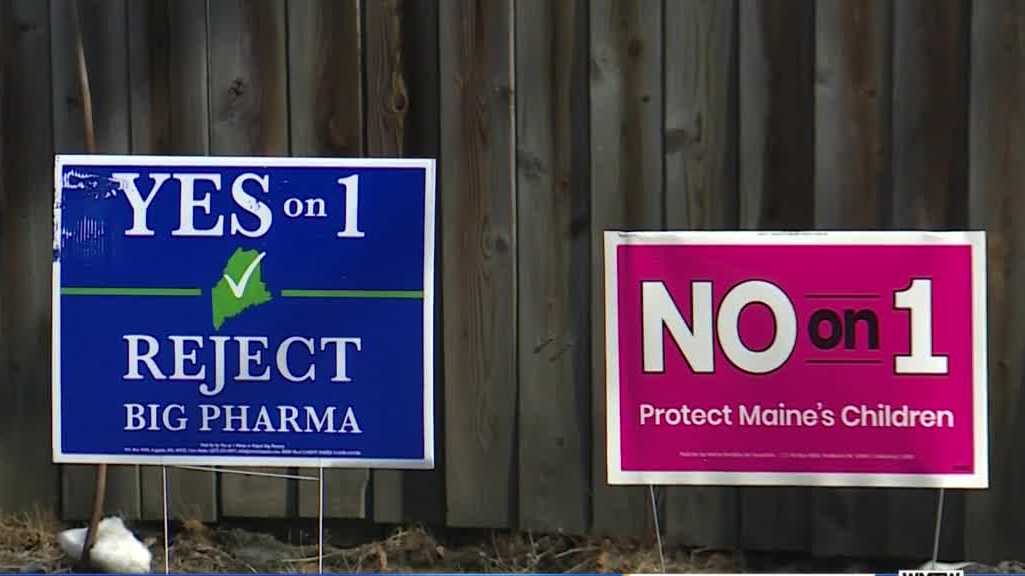
Do I love Big Pharma? Do I hate Maine’s children? What does this mean?
Voters needed simple, plain information. And that’s where MaineBallot.org came in. Maine Ballot laid out the information in a clear, concise way. It gave voters exactly the information that they needed. No spin.
Viral Spin
Thanks to some partners who worked on civic engagement in college campuses, Maine Ballot was shared as a nonpartisan source of information. For college election groups, it was difficult to find non-partisan information that was simple and easy for voters to understand. Maine Ballot was one of the few accessible and simple sites.
This is a preview of the site:
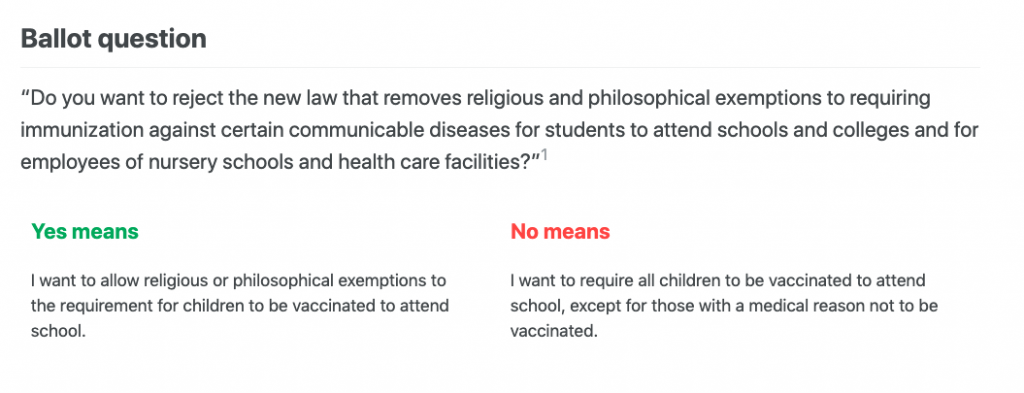
So, how did a basic and simple site start getting shared virally? While we can’t pinpoint the exact origin, at some point a visitor to the site shared a mobile screenshot of the “Yes means” and “No means” area. That’s when Maine Ballot took off into the messy world of social media. I first spotted it shared by a friend of mine on social media, “hey, that looks familiar..”
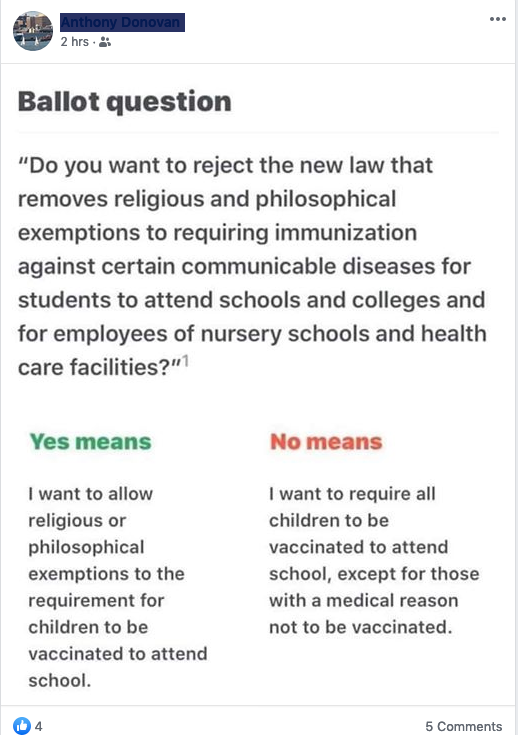
Once I started looking, the same screen-grab graphic started popping up everywhere:
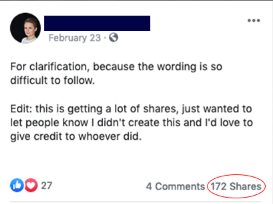
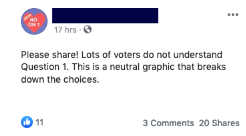
It became impossible to track or trace the graphic itself, which wasn’t attributed to Maine Ballot. But that single graphic served its purpose. It was even popular enough that one of the campaigns copied the graphic and made their own. Imitation is the sincerest form of flattery, of course. In this case, the “No” campaign took the exact same simple design and coloring, and created their own variant of the graphic, which was then shared 561 times:
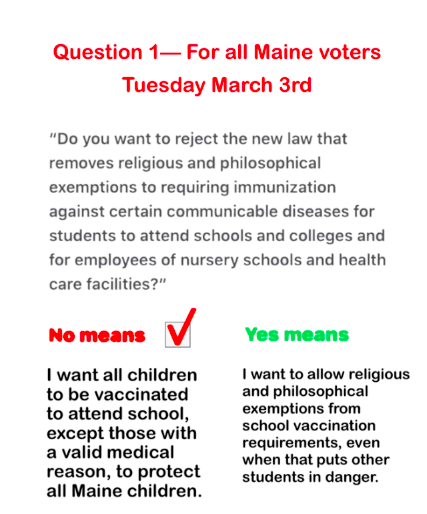
Website Metrics
While Maine Ballot has existed prior to the November 2016 election, this vaccine ballot question received more site traffic than in years past. Key outreach to non-partisan civic engagement allies like Maine Campus Compact, helped boost site traffic to MaineBallot.org and, ultimately, a single screen-grab allowed its content to reach thousands of people in Maine — far beyond our number of website visitors.
Basic Google Analytics tell us that there were 2,853 users in February and March of 2020. This screenshot shows site analytics for prior election cycles, with visitors peaking around 1,800 for prior November elections in 2016 and 2019. Of course, we expect that the graphics shared on Facebook likely reached 2-3x as many people as the site itself, perhaps even more.

Key Takeaways
It is no coincidence that simple, accessible, and nonpartisan information is in high demand in our electoral process. Millions of dollars of political advertising often weakens trust in our civic systems and fuels voter cynicism. Key aspects of Maine Ballot make it a successful source of voter info:
- Mobile friendly. Maine Ballot was created to deliver information to people, regardless of which devices they might use. Unfortunately, basic civic information in Maine is still not mobile friendly, including tools to look up polling places or register to vote.
- Accessible. Many websites are not created with accessibility in mind. They aren’t accessible to people who might use screen readers, for instance. MaineBallot.org is created by Shannon McHarg, a User Experience Designer, who creates accessible, user-centered experiences.
- Simple. Ballot language is confusing and legalistic. But even basic voter information can also be overly bureaucratic, formal, and technical for many people to understand. The intent of Maine Ballot is to portray information that as many people as possible can understand.
- Non-partisan. As with all OpenMaine projects, Maine Ballot is non-partisan; we do not endorse candidates. By not being associated with an existing partisan organization, PAC, or campaign, Maine Ballot is a credible source of information.
- Open Source. Maine Ballot uses a MIT Open Source license. Anyone is free to replicate and clone it. By working in the open, Maine Ballot is a transparent project, which lends it additional credibility to voters who are seeking trusted information.
Want to learn more about Maine Ballot? Visit the site. See the GitHub repo, or email maineballot@gmail.com